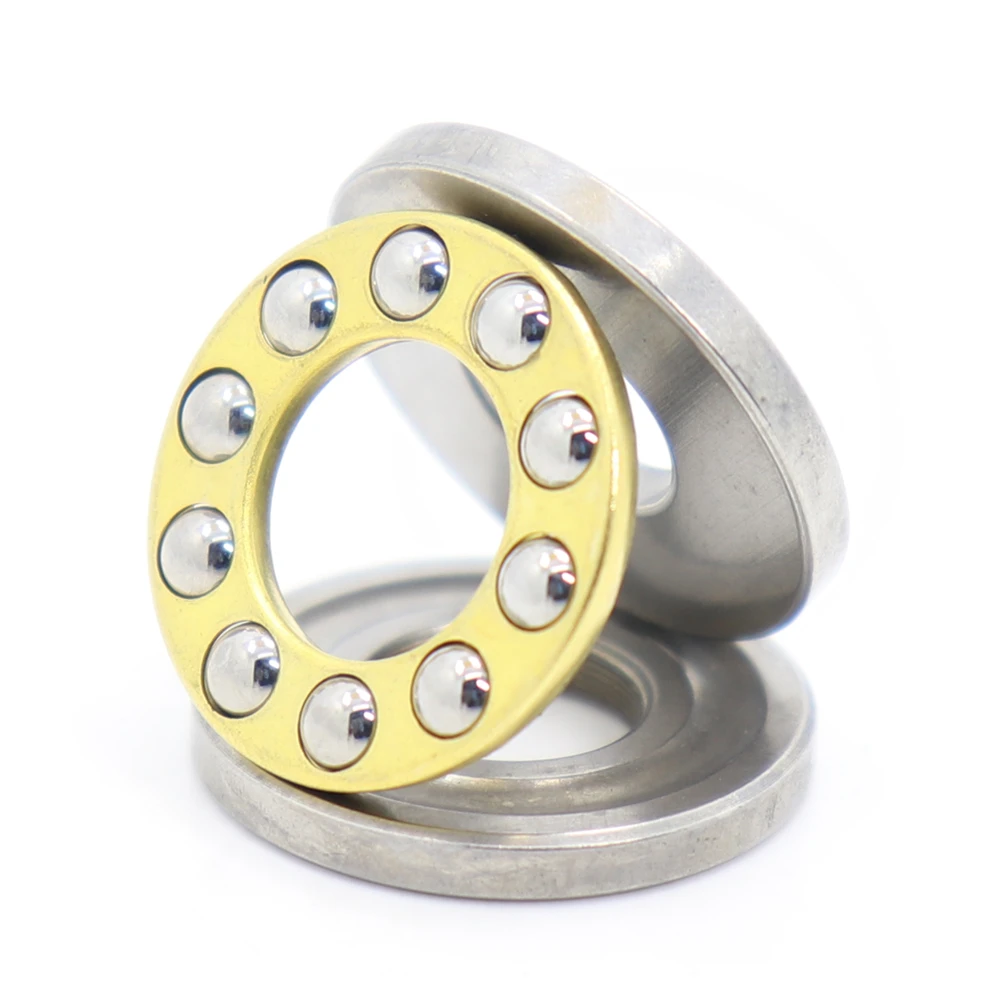Self-Aligning Ball Bearing Size Guide: Dimensions and Specifications
Self-Aligning Ball Bearing Size Guide: Dimensions and Specifications
Blog Article
Self-Aligning Ball Bearing Size Guide: Dimensions and Specifications
Self aligning ball bearing catalogue are crucial components in a variety of machinery and equipment, renowned for their capacity to accommodate irregularities and lessen friction. These bearings are particularly valuable in applications where shafts may have issues aligning due to assembly mistakes or operating stresses. Understanding what dimensions, specifications and features of auto-aligning ball bearings are crucial for selecting the right bearing for your needs. This guide gives a thorough outline of the most important dimensions and specifications to take into consideration.
Dimensions and Basic Specifications
Self-aligning ball bearings can be found in different sizes and specifications, each suited to specific applications. The primary dimensions to consider comprise the bore diameter, the outer diameter, and the width. These dimensions are usually specified in millimeters and are fundamental in determining the compatibility of the bearing with your machinery.
Bore Diameter (d) Bore Diameter (d): This is the inner diameter of the bearing that is fitted onto the shaft. The bore diameter can vary from as little as 10 mm to over 100 mm, depending on the size of the bearing. A precise measurement of the bore's diameter is essential to ensure that the bearing is properly fitted and to avoid issues like excessive play or shaft misalignment.
The Outer Diameter (D) Outer Diameter (D): The external diameter is the dimension of the bearing, which determines its placement within the housing or support structure. It is crucial for ensuring that the bearing fits securely within the specified space. Outer diameters can vary widely in the range of 30 millimeters to 150 millimeters or more.
Width (B) Width (B): The size of the bearing is its distance from the inner and outer rings. This dimension affects the bearing's load-carrying capacity and overall stability. Widths are usually offered in a variety of sizes that can be used to meet different load requirements and space constraints.
Load Ratings and Material Specifications
When selecting self-aligning ball bearings load ratings are a further crucial aspect to take into consideration. Bearings are subjected to different kinds of loads, such as both axial and radial loads. Self-aligning ball bearings have been designed to withstand radial loads as well as moderate the axial load in both directions. Load ratings defined as dynamic and static load ratings, reveal the capacity of the bearing to endure these forces with no risk of premature failure.
Dynamic Load Rating (C): This rating represents the bearing's ability to manage radial loads in operation. It is usually expressed in kilonewtons (kN) and represents the performance of the bearing under normal operating conditions.
Static Load Rating (C0) Static Load Rating (C0): This rating indicates the bearing's ability to withstand static loads without causing excessive deformation. This rating is essential in applications where the bearing may be subjected to excessive loads even in stationary positions.
The materials used in self-aligning ball bearings, like steel or ceramic, also have an impact on their longevity and performance. The best bearings typically utilize materials that give them superior durability and resistance to wear and corrosion.
Design Variations and Features
Self-aligning ball bearings are available in different configurations of design that include shielded, open, and sealed types. They allow direct cooling and lubrication however they require regular maintenance. Shielded bearings, on other hand, feature metal shields to guard against contamination while decreasing the requirement for regular maintenance and lubrication. Sealed bearings come with rubber seals which provide the most complete protection from moisture and dust and are therefore ideal for harsh environments.

Conclusion
Selecting the best self-aligning ball bearing involves knowing the essential dimension and specification, which include dimensions like bore size, diameter of the outer, width as well as load rating. By considering these factors and the variations in material and design that you have to choose the right bearing to ensure optimal performance and longevity for the specific purpose you are using it in. Whether for industrial machinery or consumer goods, a precise selection of the right bearing is crucial to ensure high-quality and effective operation. Report this page